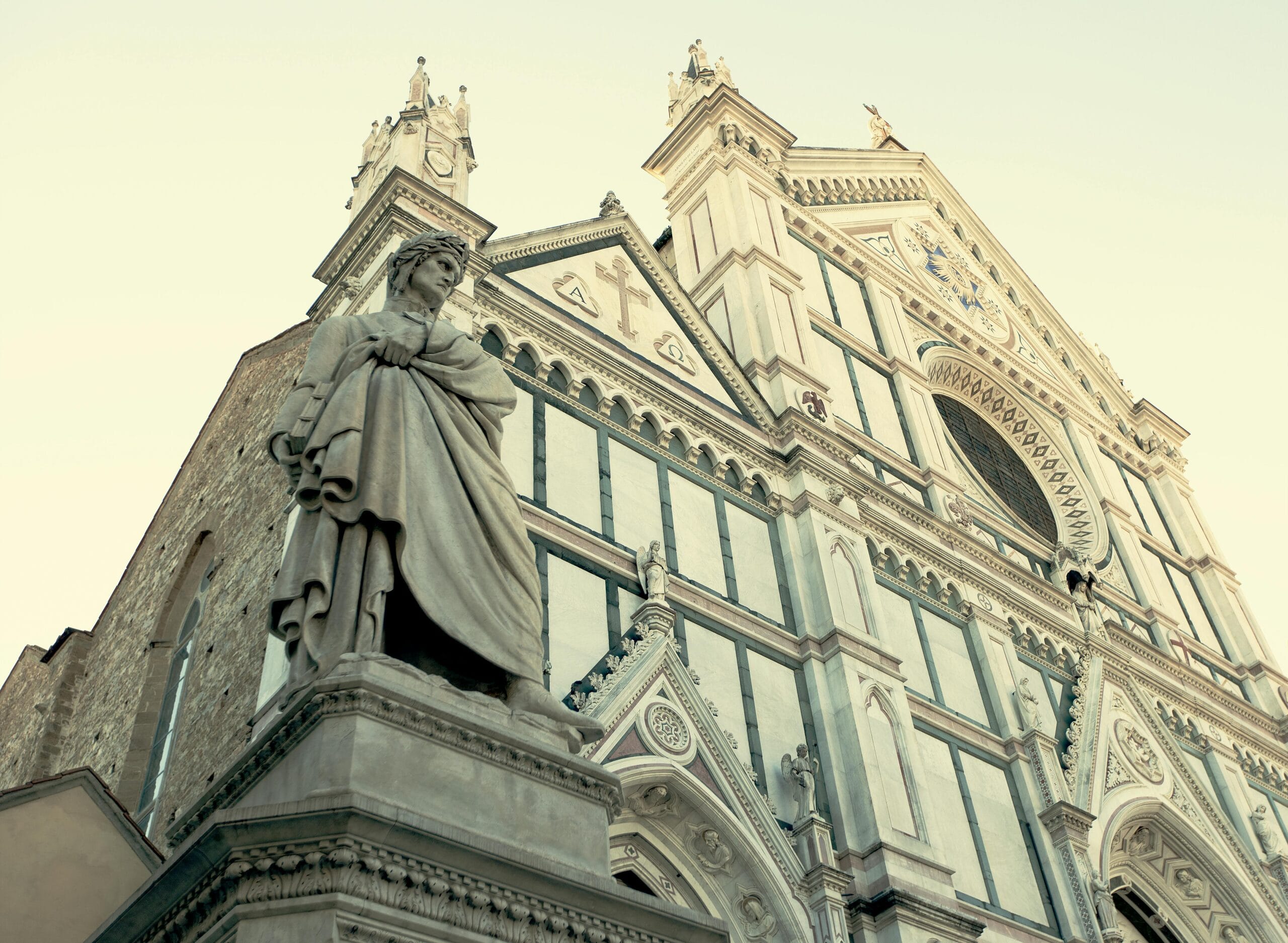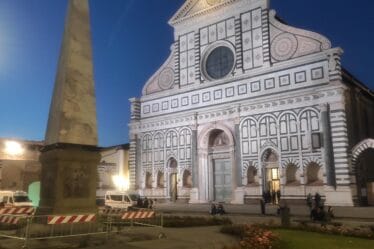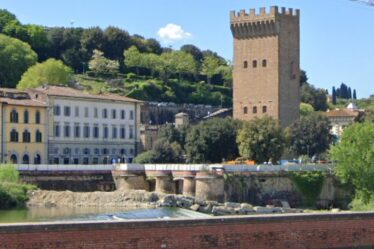

A Forgotten Hero of Florence’s Darkest Hour
Faith Amid the Plague tells the story of a man who, though largely forgotten by history, offered light in one of Florence’s darkest chapters. In the early 1600s, while the plague swept mercilessly through Italy, a humble priest named Father Francesco Mainardi stood firm when others fled. His acts of courage and faith became a quiet legacy that still echoes through time.
Florence During the Plague of 1630
In the restless heart of the 17th century, Florence was a city under siege—not by war, but by an invisible enemy: the plague. The year 1630 marked one of the deadliest outbreaks to reach the city. Fear spread even faster than the disease. Streets emptied, homes were barricaded, and silence reigned, broken only by the toll of funeral bells.
However, in the neighborhood of Montughi, nestled among humble homes and convents, a quiet figure defied the tide of despair. Father Francesco Mainardi, a Carmelite friar, refused to abandon his post.
A Silent Mission of Service
Unlike others who sought safety, Mainardi remained. His purpose was clear and unwavering: to serve. Day and night, he walked among the sick and dying, bringing not miraculous cures, but dignity, comfort, and prayer. Often fasting, and always without fear of infection, he viewed the plague not as a curse, but as a divine trial to be met with charity and courage.
One striking event, recorded in the Carmine archives, describes a period when death bells rang endlessly and not a soul dared enter a certain house plagued by disease. But Father Mainardi did. Armed only with a wooden cross and a cloth soaked in vinegar, he stepped through the threshold—not for glory, but to be a presence of hope.
“Faith Amid the Plague” captures this exact spirit: the silent heroism of those who choose compassion over fear.
A Life Rooted in Humility
Educated in Pisa and deeply devout, Mainardi often preached on the power of humility, calling it “the key that opens both the gates of Heaven and the doors of the human heart.” He avoided public praise and lived simply, believing that the true path to salvation was paved in quiet service, not recognition.
A City Reborn
When the plague finally loosened its grip, Father Mainardi led a procession of thanksgiving through Florence. It wasn’t grand. There were no trumpets or banners. Only silence, prayer, and the soft glow of candlelight—a humble symbol of a population that had endured the night and lived to see the dawn.
His Peaceful Passing and Lasting Legacy
Father Francesco Mainardi died in 1643, in the stillness of his convent, surrounded by his fellow brothers. No monuments mark his grave, yet his story lives in the pages of history and in the quiet strength of those who choose to serve, no matter the cost.
Even today, “Faith Amid the Plague” resonates with modern readers as we face our own uncertain times. His life reminds us that true heroism is often unseen, and that dignity, humility, and compassion can thrive even amid death and fear.
Learn More About Florence’s Plague History
To dive deeper into the historical context of Mainardi’s time and the plague’s impact on Florence, explore:
- The Plague in Florence – Florence Inferno
- Carmelite Order History
- Florence in the 17th Century – Encyclopedia Britannica
Final Thoughts
The story of Father Francesco Mainardi is more than a tale from the past—it’s a testament to the enduring power of compassion in the face of devastation. “Faith Amid the Plague” stands not just as a title, but as a message for generations: that even in the darkest times, light finds a way through those who serve quietly and selflessly.



